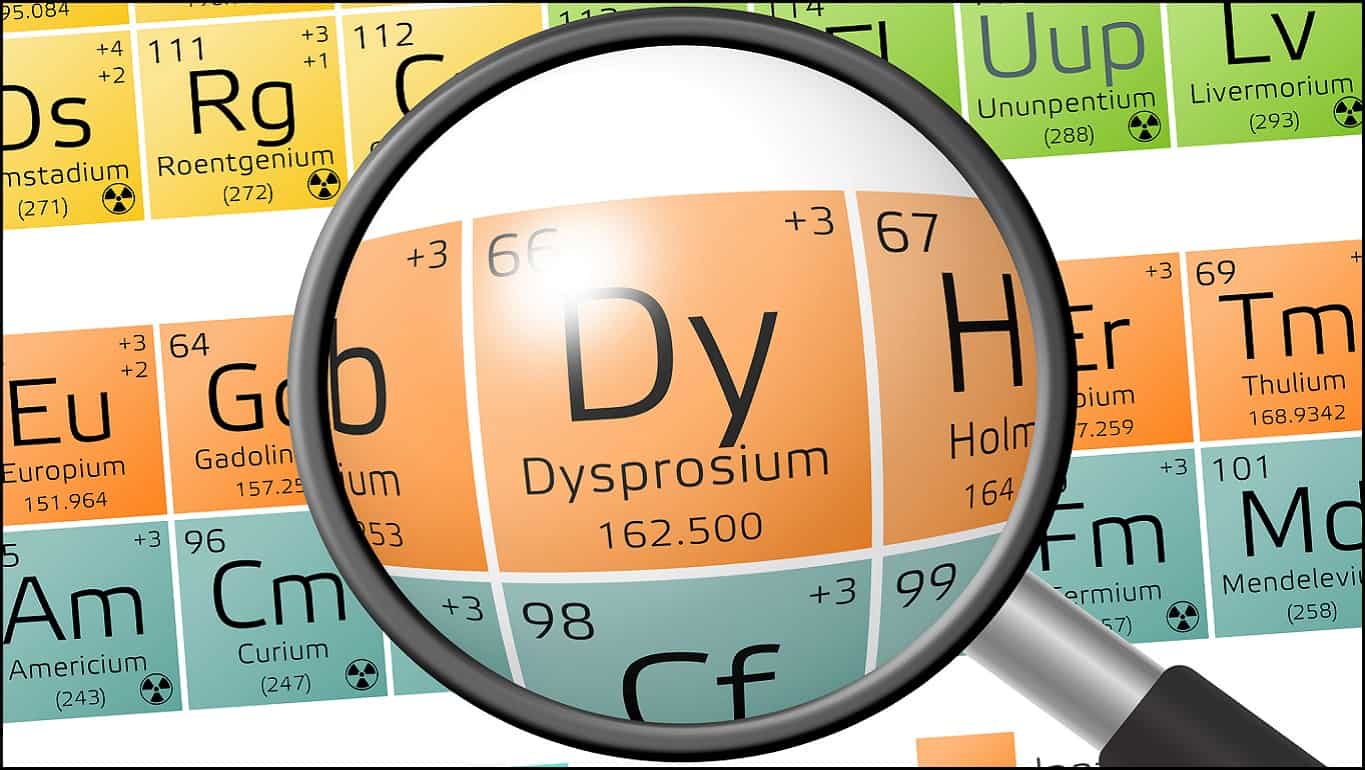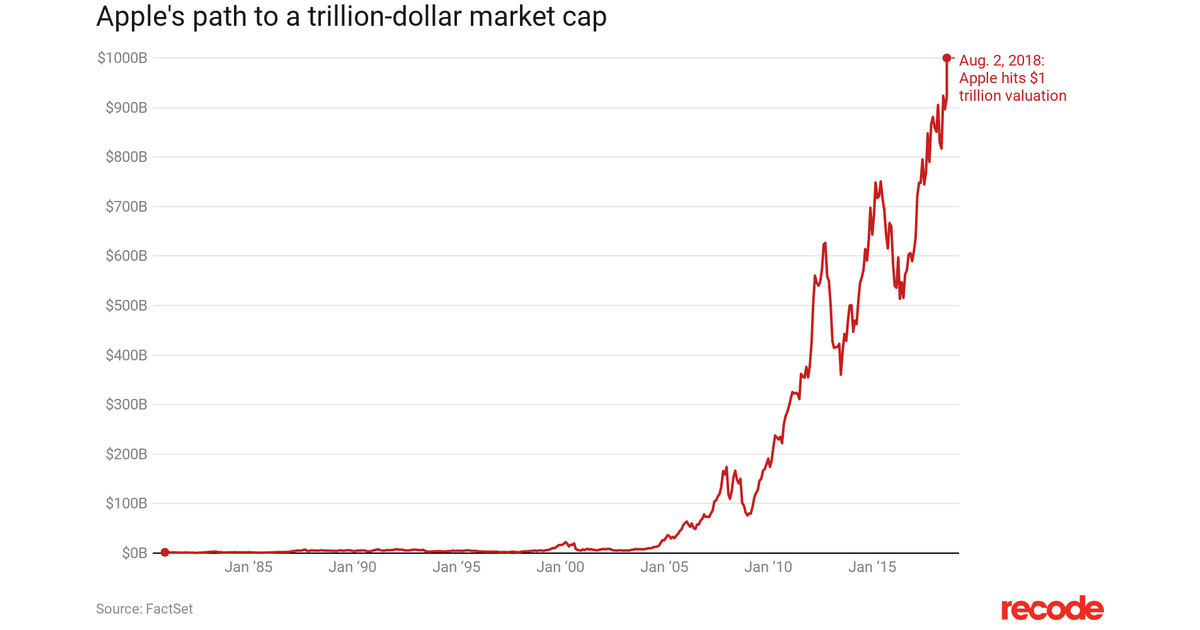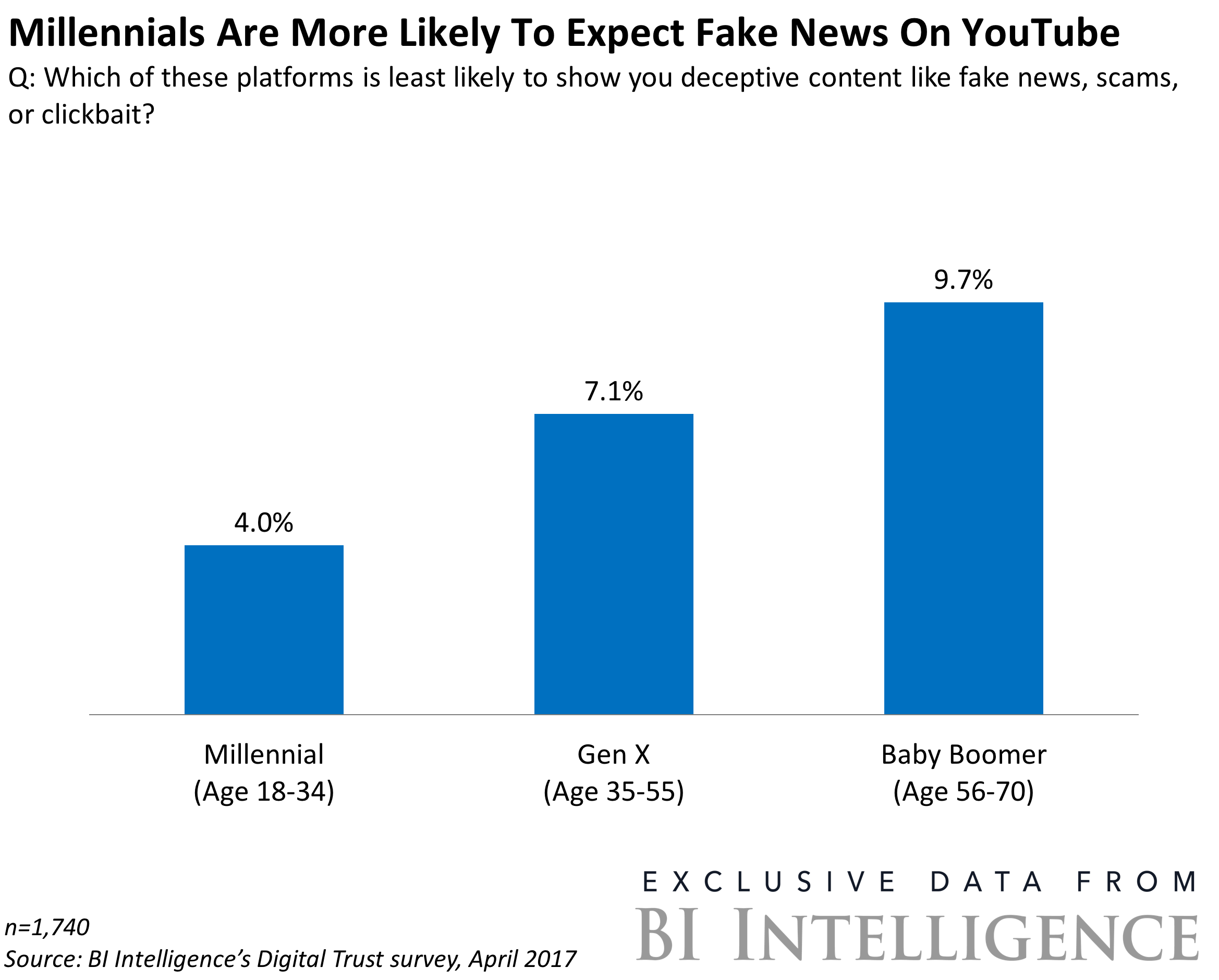Dysprosium's Critical Role In Electric Vehicle Motors And Its Growing Demand

Table of Contents
Dysprosium's Unique Magnetic Properties and its Application in EV Motors
Dysprosium's importance stems from its exceptional magnetic properties. Unlike many other elements, it boasts both high magnetic strength (remanence) and exceptional resistance to demagnetization even at high temperatures (high coercivity). This resistance, technically known as high coercivity, is vital for maintaining the motor's power output under demanding conditions, such as high speed or extreme temperatures. Its high Curie temperature ensures the magnet retains its magnetism even when the motor heats up during operation. These characteristics make dysprosium an indispensable component in the creation of high-performance permanent magnets, specifically within neodymium iron boron (NdFeB) magnets. These NdFeB magnets are the workhorses of most modern electric vehicle motors, ensuring efficiency and power.
Compared to other magnet types used in some less demanding electric vehicle applications, dysprosium-enhanced magnets offer superior performance. While neodymium magnets alone can be used, adding dysprosium significantly enhances their thermal stability and resistance to demagnetization, crucial for the robust performance needed in electric vehicles.
- High coercivity: Resists demagnetization, ensuring consistent motor performance.
- High remanence: Generates a strong magnetic field, contributing to motor efficiency.
- High Curie temperature: Maintains magnetism at high operating temperatures, crucial for EVs.
- Crucial component of NdFeB magnets: The dominant magnet type in high-performance EV motors.
The Growing Demand for Dysprosium Driven by the EV Revolution
The exponential growth of the electric vehicle market is directly fueling the demand for dysprosium. As more EVs hit the road, the need for efficient and powerful motors—reliant on dysprosium-enhanced magnets—increases proportionally. Analysts predict a dramatic rise in dysprosium consumption over the next decade, mirroring the projected surge in EV sales globally. Government regulations worldwide are mandating increased EV adoption, further accelerating this demand. Incentives and emission reduction targets are pushing automakers to produce more EVs, driving up the need for the rare earth elements crucial for their manufacturing. Furthermore, the expanding market for hybrid electric vehicles (HEVs) also contributes to the rising dysprosium demand.
- Increased EV sales globally: A primary driver of dysprosium demand.
- Government regulations mandating EV adoption: Accelerating the growth of the EV market.
- Rising consumer demand for electric vehicles: Fueled by environmental concerns and technological advancements.
- Growth of hybrid electric vehicle (HEV) technology: Further increasing the need for dysprosium-containing magnets.
Challenges and Opportunities in the Dysprosium Supply Chain
A significant concern surrounding dysprosium is the geographical concentration of its mining and processing. A few countries control the majority of the global supply, creating geopolitical risks and supply chain vulnerabilities. Relying on a limited number of suppliers exposes the EV industry to potential disruptions from political instability, trade disputes, or resource nationalism. Additionally, the environmental impact of dysprosium mining and processing needs careful consideration. Sustainable and ethical sourcing practices are paramount to minimize the ecological footprint of EV production.
Fortunately, there are opportunities for improvement. Intensive research focuses on dysprosium recycling and exploring alternative materials. Recycling dysprosium from end-of-life EVs is crucial for reducing reliance on virgin materials.
- Geopolitical risks and supply chain vulnerability: A major challenge for the EV industry.
- Environmental concerns related to mining and processing: The need for sustainable mining practices.
- The search for dysprosium substitutes and alternatives: Research into less reliant magnet compositions.
- Importance of responsible sourcing and recycling: Crucial for securing long-term dysprosium supply.
Recycling and Sustainable Sourcing of Dysprosium
Developing efficient and cost-effective methods for recycling dysprosium from end-of-life EVs and other applications is critical. "Urban mining," the process of recovering valuable materials from electronic waste, holds significant potential. Technological advancements are improving the efficiency of dysprosium separation and purification from recycled materials. Furthermore, employing sustainable mining practices that minimize environmental damage is essential for responsible dysprosium sourcing.
Conclusion: Securing the Future of Electric Vehicles with Responsible Dysprosium Management
Dysprosium is undeniably critical for enabling the high-performance EV motors driving the green transportation revolution. The growing demand for dysprosium, fueled by the booming EV market and supportive government policies, necessitates a proactive approach to secure its long-term supply. Sustainable sourcing, responsible mining practices, and efficient recycling are not just environmental imperatives; they are essential for ensuring the continued growth of the electric vehicle industry. We need to actively explore and invest in innovative solutions, including developing dysprosium substitutes and improving recycling technologies. Learn more about the challenges and opportunities in the dysprosium market and support responsible consumption and recycling of dysprosium-containing products to help build a sustainable future for electric vehicles. Understanding the intricacies of dysprosium supply, analyzing dysprosium demand forecasts, and implementing responsible dysprosium management are crucial steps in this process.

Featured Posts
-
 Tuesday February 11th Snow Fox School And Business Closings
Apr 29, 2025
Tuesday February 11th Snow Fox School And Business Closings
Apr 29, 2025 -
 Assessing The Risks Russias Military Posturing And Its Implications For Europe
Apr 29, 2025
Assessing The Risks Russias Military Posturing And Its Implications For Europe
Apr 29, 2025 -
 Techs Top Seven Analyzing A 2 5 Trillion Market Value Loss
Apr 29, 2025
Techs Top Seven Analyzing A 2 5 Trillion Market Value Loss
Apr 29, 2025 -
 The Importance Of Middle Managers Benefits For Companies And Staff
Apr 29, 2025
The Importance Of Middle Managers Benefits For Companies And Staff
Apr 29, 2025 -
 Akesos Disappointing Clinical Trial Results Lead To Stock Plunge
Apr 29, 2025
Akesos Disappointing Clinical Trial Results Lead To Stock Plunge
Apr 29, 2025
Latest Posts
-
 Returning To Beloved Shows How You Tube Caters To Older Viewers
Apr 29, 2025
Returning To Beloved Shows How You Tube Caters To Older Viewers
Apr 29, 2025 -
 You Tube A New Home For Classic Tv Shows And More For Older Viewers
Apr 29, 2025
You Tube A New Home For Classic Tv Shows And More For Older Viewers
Apr 29, 2025 -
 You Tubes Growing Appeal To Older Viewers Nostalgia And New Finds
Apr 29, 2025
You Tubes Growing Appeal To Older Viewers Nostalgia And New Finds
Apr 29, 2025 -
 You Tubes Growing Popularity Among Older Viewers A Trend Analysis
Apr 29, 2025
You Tubes Growing Popularity Among Older Viewers A Trend Analysis
Apr 29, 2025 -
 You Tubes Growing Popularity Among Older Viewers
Apr 29, 2025
You Tubes Growing Popularity Among Older Viewers
Apr 29, 2025
